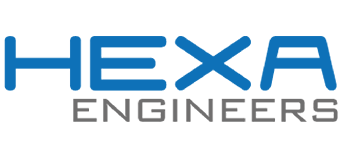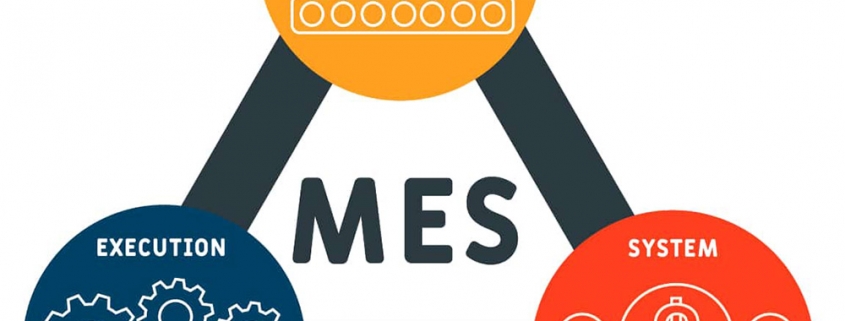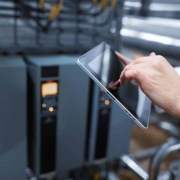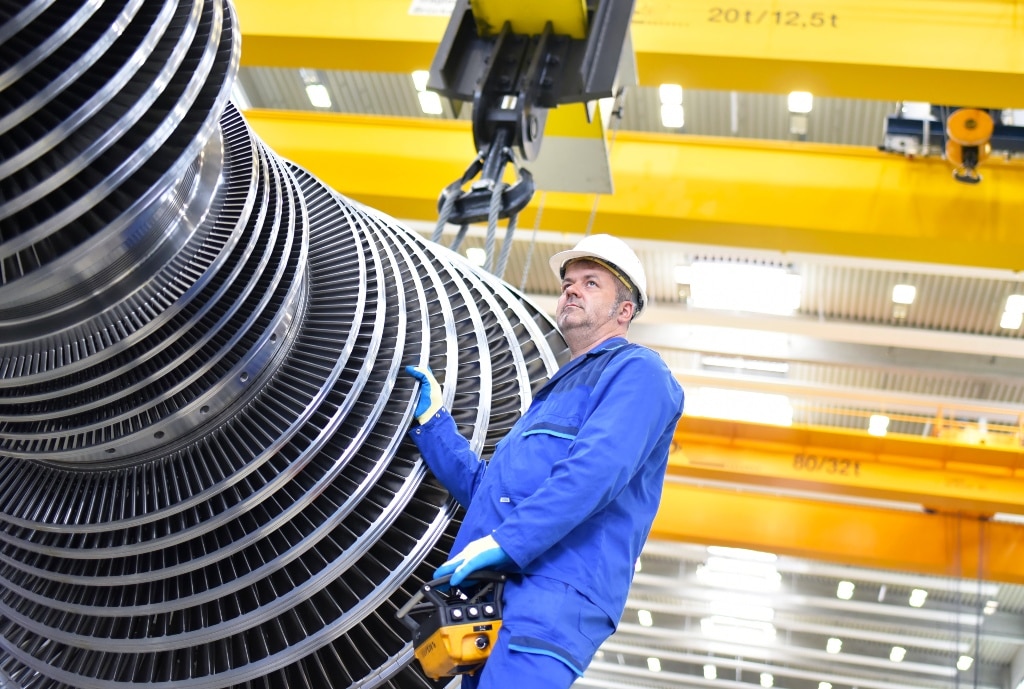What are the functionalities that a MES system should cover
A MES system is specialized and production-oriented software that manages, monitors and synchronizes the real-time execution of physical processes present in the transformation of raw materials into intermediate or finished products. And although it is still true that there are different classes of MES systems on the market, they all share a series of essential characteristics.
The following modules are the ones that are understood to have to be shared by all of them.
Product documentation
Genealogy and tracking of parts and products
Process execution management
Resource management
Quality management
Human Resources
Data collection
System integration
Of course, one should not lose sight of the fact that one productive industry may have needs different from those of another, both due to the sector in which it operates and the type of manufacturing operations carried out in it.
Each of the modules offers a series of functionalities and characteristics as we will see below.
Product Documentation
MES systems manage the documentation required by the plant to manufacture a product. This is accomplished through features such as bill of materials (BOM) management and change and configuration management.
Genealogy and tracking of parts and products
These characteristics of the MES seek to guarantee the availability of the correct parts at the correct place and time within production. These include tracking parts all the way from inventory to installation. The generation of a parts selection list. The generation of a kit of parts so that they are ready for use during the manufacturing process. Tracking inventory levels of parts issued but not finally installed. Monitoring of products during all moments of the production process. Maintaining a product history and audit trail, including a complete genealogy of materials and components used in assembly. And the monitoring of the expiration dates of the material to avoid the use of out-of-date materials.
Process execution management
MES systems offer features to manage production and ensure proper workflows are followed, such as process routes to define and manage the manufacturing process plan. The work instructions to guide the technician through the proper process sequence. Tracking the progress of production work so that those who plan production can identify at all times where each product or each batch is within the production cycle. The log of events and alerts to warn of an extraordinary situation. The production control through which the resolution of problems or deviations in production is facilitated. And the dispatch of production jobs that provides the ability to postpone jobs or fix unplanned problems.
Resource management
Addresses functions for managing resources in production, such as tools and materials. Among the most common are planning tables to ensure a smooth production process. The management of tools and resources (TRM) to be able to determine the available tools and the evaluation of them to carry out preventive maintenance that allows to reduce your downtime. Tool calibration that can be activated based on actual frequency of use. And the logistics of materials and production for the provision of information about the material so that transport activities can start at the right time.
Quality management
Integrate quality into the production process through in-process verification. The main factors involved are the statistical process control (SPC) to capture, process and compare what is happening with the assigned values ??and see if they are within tolerance. Verification of product configuration, nonconformity management (NCM) to detect poor qualities and measure the effectiveness of the measures taken to correct them. The goods entrance module to ensure accurate batch numbering and to alert in the event that values ??exceed tolerance levels. And process data processing (PDP) to capture data such as temperature and humidity, alerting and recommending countermeasures if they are outside the tolerance limits.
Human Resources
It is the module that allows better management of the workers who are involved in the production process of the factory.
By recording the working time of the staff, a follow-up is carried out on the entry and exit data of the workers and their absence times. Personnel qualifications and certifications make it possible to verify that employees who attend a specific task have the necessary qualifications and experience to carry it out. The salary incentives that may arise as a result of the implementation of bonus systems based on production data and absence times. And the access control that manages the entrance to the facilities only to authorized personnel.
Data collection
Another of the decisive aspects in which the MES system makes an important contribution is in the collection and integration of data throughout the production plant. Aspects such as the adoption of production data, whether of people, material consumption and quality, intervene here, making them available in real time to those in charge of managing them. The collection of data from machines, which measures KPIs, uptime, bottlenecks and points of failure in production. The collection of process data, using checklists and recorded measurements, barcode or RFID scanners.
System integration
Lastly, an MES system should be able to integrate with other production systems. An MES needs to have standardized and updated data and, therefore, to be able to communicate with the different databases, whether their own or external. In the same way, it has to be able to interact with ERP systems, personnel management systems and with other machines through industrial protocols.










